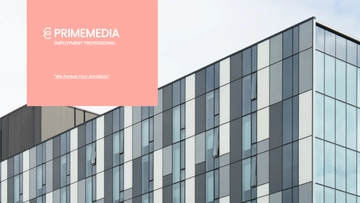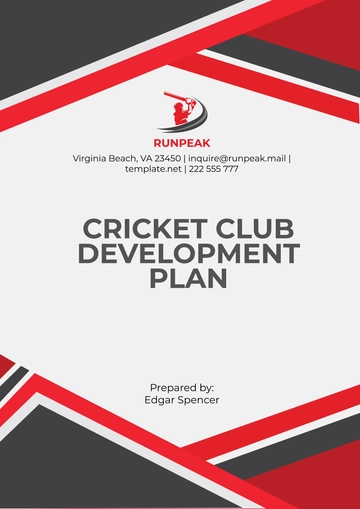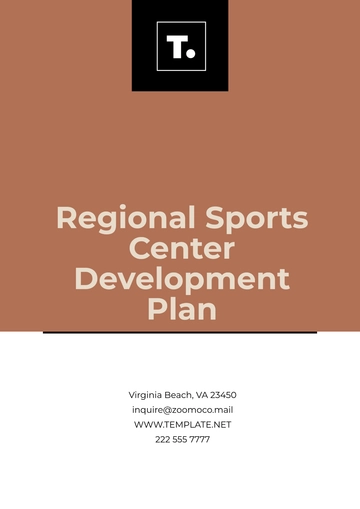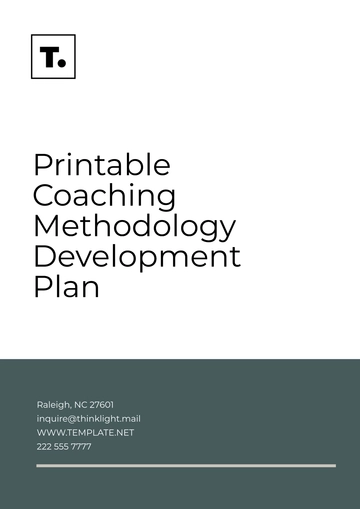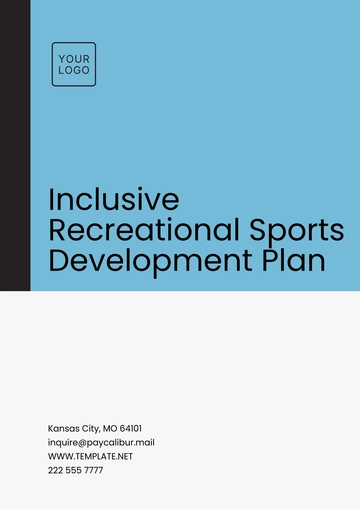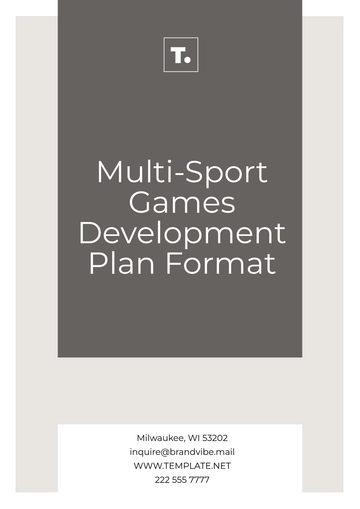5-Year Development Plan
Project Name: [Your Company Name]
Date: September 26, 2050
Executive Summary
This 5-Year Development Plan outlines the strategic goals and action steps for [Your Company Name] from 2050 to 2055. The plan aims to enhance our service delivery in sustainable environmental practices, increase operational efficiency by leveraging technology, and expand our outreach to better serve our community and stakeholders. Our goal is to lead in eco-friendly solutions while fostering community engagement and education on environmental sustainability.
Vision and Mission Statements
Vision: To be a leading organization in environmental sustainability, known for innovative solutions that promote a greener, healthier planet.
Mission: To provide comprehensive and accessible resources that empower individuals and organizations to adopt sustainable practices and contribute to environmental conservation.
Goals and Objectives
Goal 1: Increase Service Capacity
Objective 1.1: Expand service offerings by 25% by December 2052, introducing three new programs focused on waste reduction, renewable energy education, and urban gardening.
Objective 1.2: Increase staff by 15% by June 2051, recruiting specialists in environmental science and community outreach.
Goal 2: Improve Financial Sustainability
Objective 2.1: Increase annual revenue by 20% through new funding sources by December 2053, targeting at least five new grants and corporate sponsorships.
Objective 2.2: Reduce operational costs by 10% by March 2055 through efficiency audits and the adoption of green technologies.
Goal 3: Enhance Community Engagement
Objective 3.1: Increase community outreach events by 50% by November 2055, hosting at least six large-scale community events annually, including workshops, clean-up drives, and educational fairs.
Objective 3.2: Achieve a 30% increase in community partnerships by September 2054 by collaborating with local schools, businesses, and government agencies.
SWOT Analysis
Strengths:
Weaknesses:
Opportunities:
Growing demand for sustainability education and resources, particularly in urban areas.
Potential for partnerships with tech companies focusing on green innovation.
Threats:
Target Audience
Primary stakeholders: Local residents, schools, businesses, environmental activists, and community organizations.
Secondary stakeholders: Government entities, local universities, and potential corporate sponsors interested in sustainability initiatives.
Strategies and Action Plans
Strategy for Increasing Service Capacity
Action Step 1: Conduct a comprehensive needs assessment by March 2051 to identify gaps in community resources and tailor new programs accordingly.
Action Step 2: Develop and launch three new service programs by January 2053, focusing on waste reduction, renewable energy education, and urban gardening initiatives.
Strategy for Improving Financial Sustainability
Action Step 1: Identify and apply for at least five new grants by July 2052 from local and federal sources, including environmental foundations and community development funds.
Action Step 2: Implement cost-saving initiatives by December 2053, such as transitioning to cloud-based technologies for operations and utilizing volunteer resources for community events.
Strategy for Enhancing Community Engagement
Action Step 1: Organize quarterly community events starting in April 2051, including sustainability fairs, educational workshops, and neighborhood clean-up drives to foster community involvement.
Action Step 2: Create a partnership outreach plan by August 2051, targeting local schools, businesses, and government agencies for collaborative initiatives.
Budget and Resources
Estimated total budget: $1,200,000 over five years.
Funding sources: Anticipated funding from local government grants ($400,000), corporate sponsorships ($300,000), fundraising events ($200,000), and individual donations ($300,000).
Resource needs: Additional staff (two environmental educators and one outreach coordinator), updated technology for data management, and materials for community events.
Performance Metrics and Evaluation
Goal 1 Metrics: Track service utilization rates through participant surveys and program registrations.
Goal 2 Metrics: Monitor revenue growth and cost reductions quarterly, analyzing financial reports to ensure sustainability.
Goal 3 Metrics: Evaluate community engagement through feedback surveys and participation rates at events, aiming for a minimum of 75% participant satisfaction.
Review and Revision Process
The plan will be reviewed annually by the leadership team in January and revised as necessary to ensure alignment with changing circumstances, funding availability, and organizational goals.
Appendices
Appendix A: Detailed budget breakdown, including projected expenses for each program.
Appendix B: Results from the needs assessment and community surveys conducted in 2050.
Appendix C: List of potential funding sources and grant opportunities identified.
Plan Templates @ Template.net


